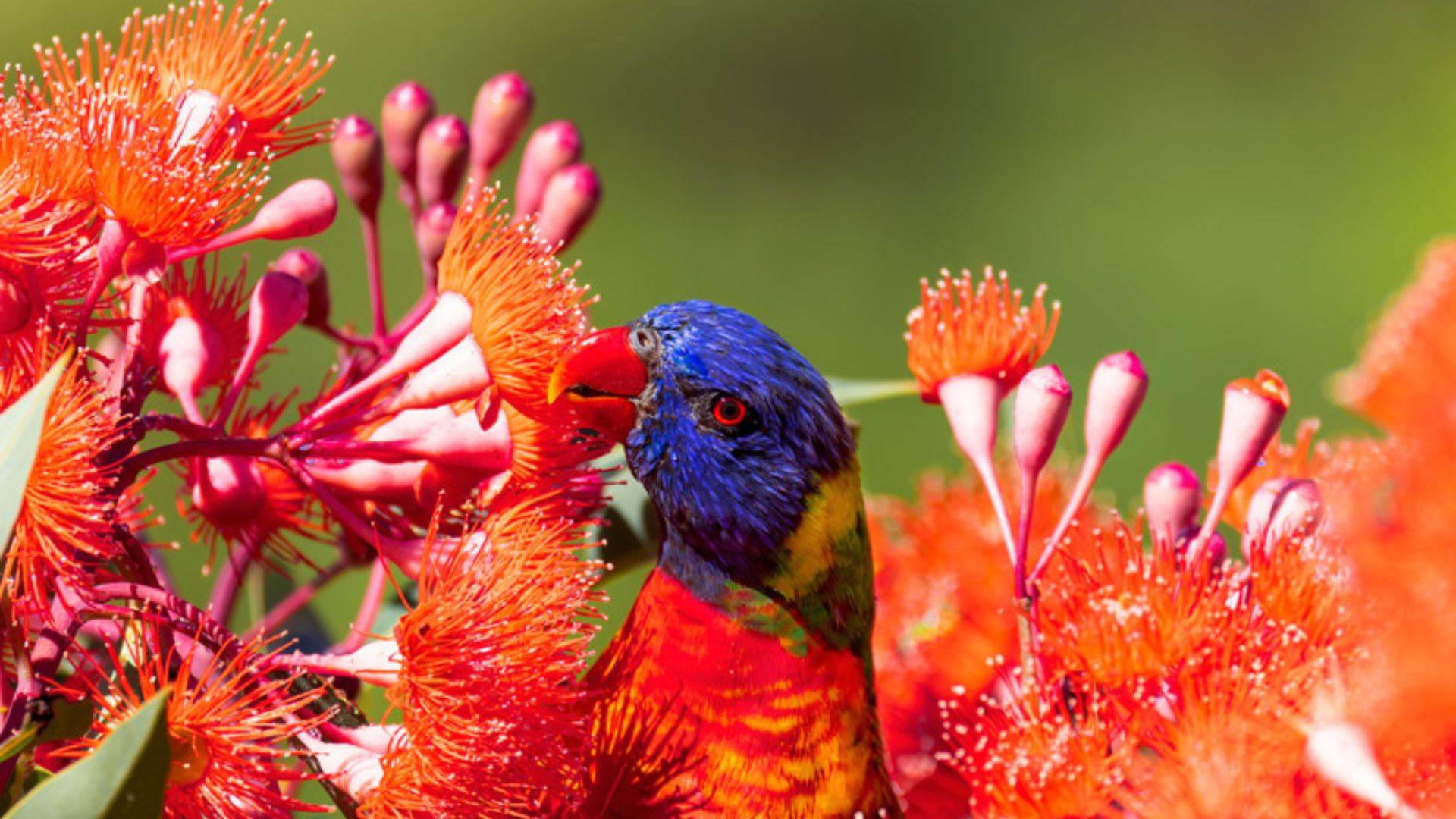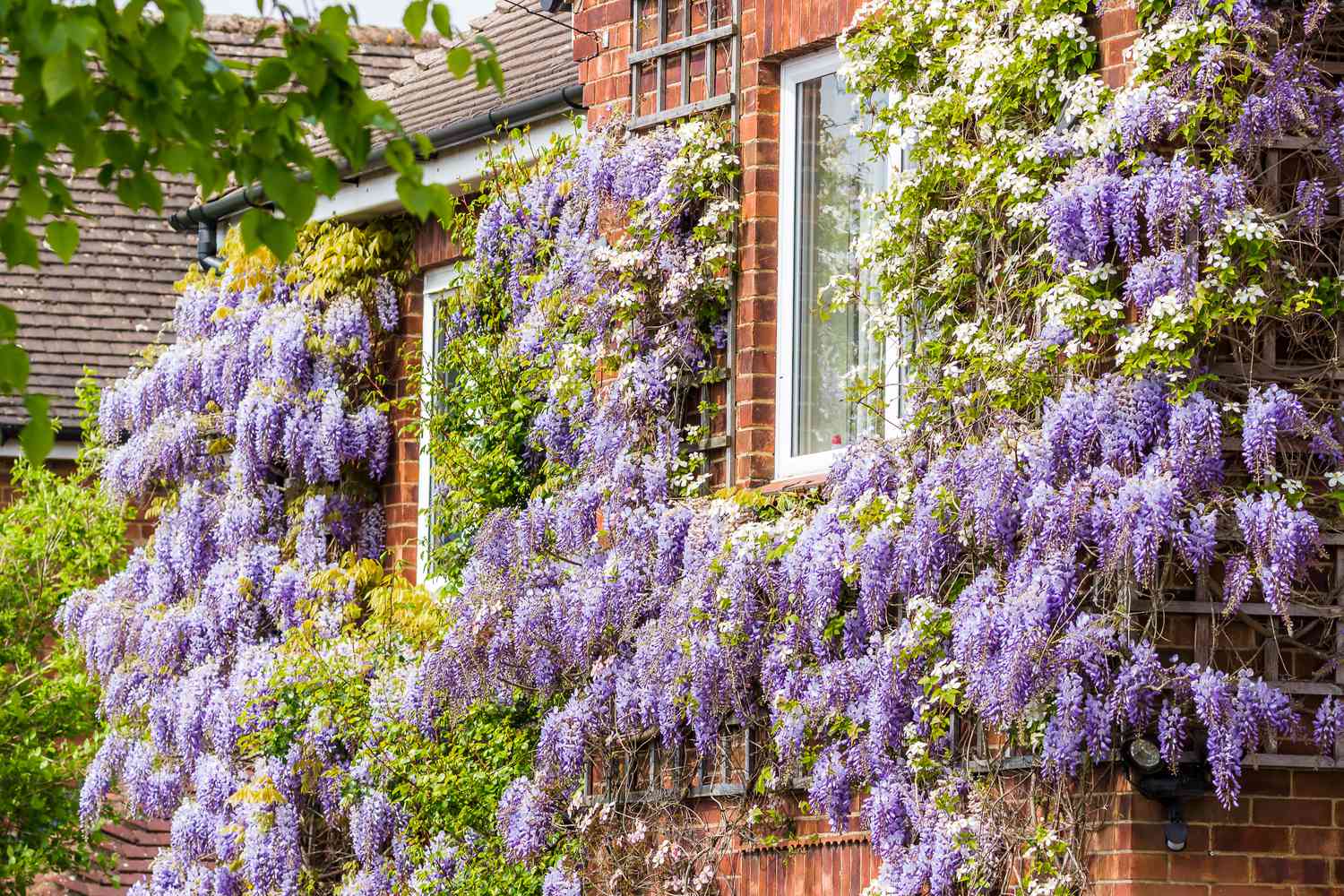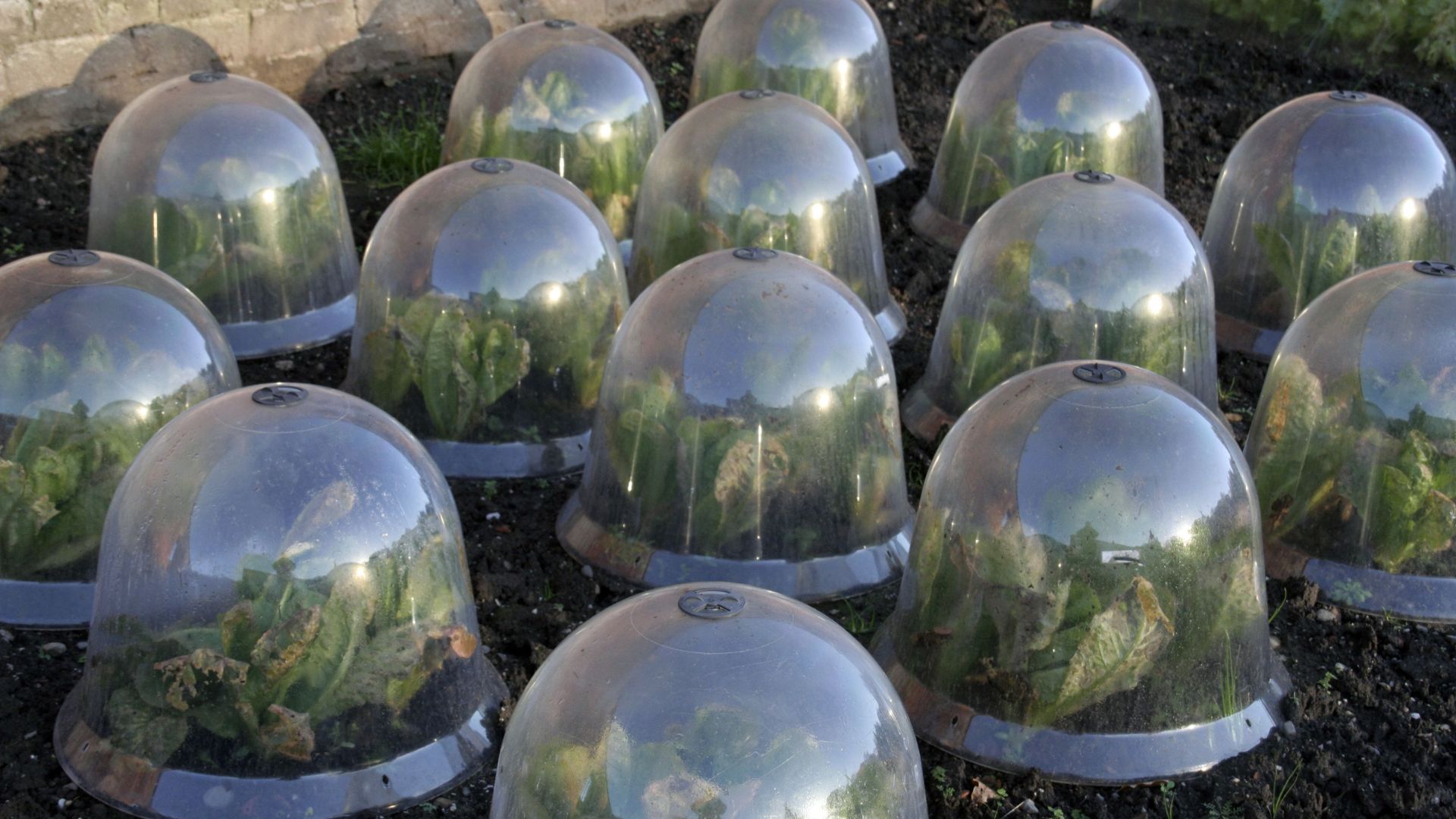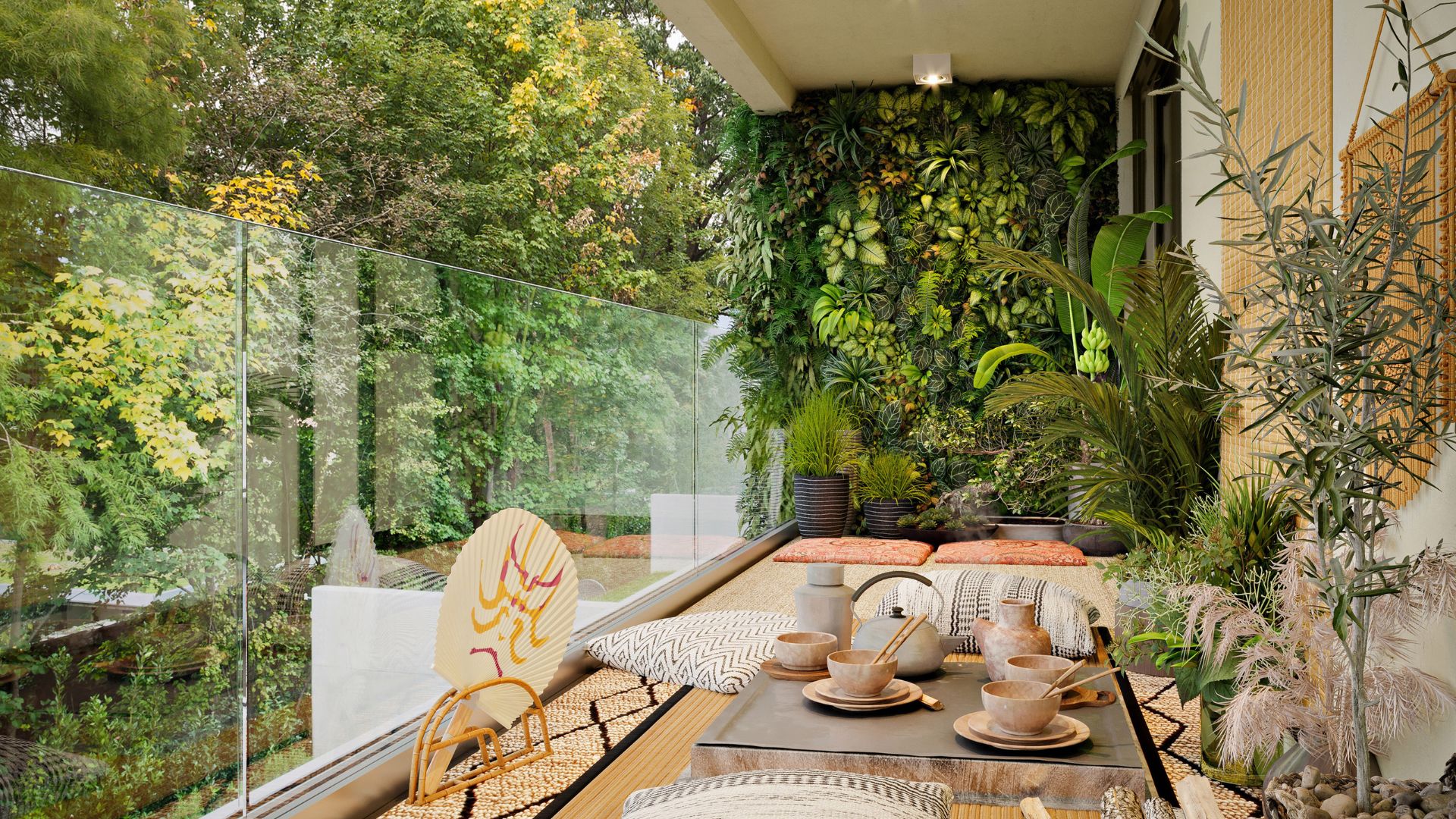Birds attracted to outdoor plants bring life, color, and movement to gardens and outdoor spaces. By planting species that provide food, shelter, and nesting opportunities, gardeners can encourage a variety of bird species to visit. This not only enhances the beauty of the garden but also promotes biodiversity and ecological balance. Birds play an important role in pollination and pest control, making them valuable allies in maintaining healthy outdoor spaces.
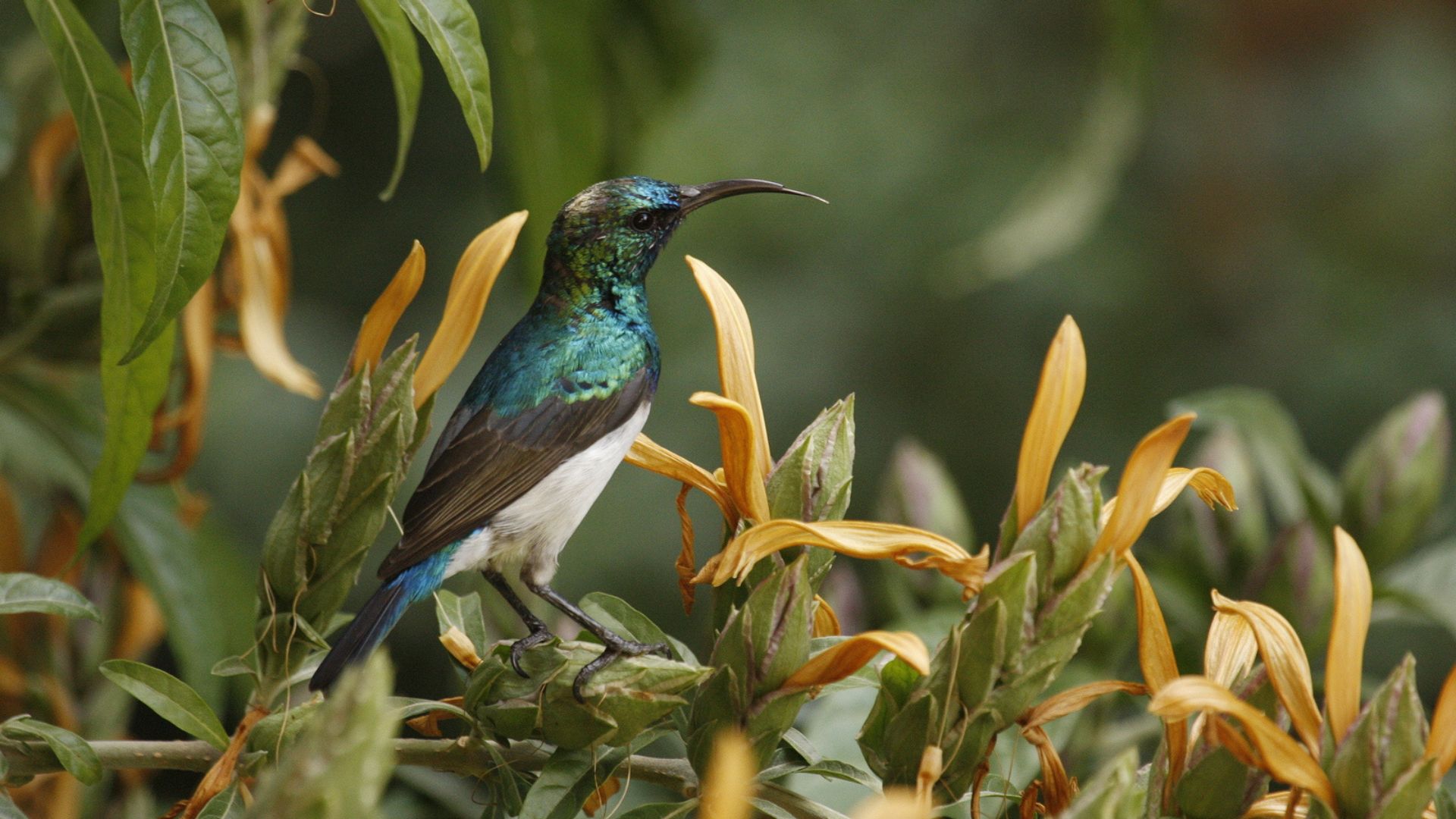
Benefits of Attracting Birds to Gardens
Inviting birds into your garden provides multiple advantages. First, they enhance visual appeal with their bright colors and active behavior. Second, birds naturally control pests by feeding on insects, reducing the need for chemical pesticides. Third, their presence contributes to pollination and seed dispersal, supporting plant growth. Additionally, watching birds can improve mental well-being, offering relaxation and a connection to nature.
Economic Advantages
Gardens that attract birds may indirectly increase property appeal. Lush, lively outdoor spaces are more attractive to visitors and potential buyers. Furthermore, healthy plants supported by bird activity may require less chemical intervention, reducing maintenance costs. By fostering a bird-friendly environment, homeowners and gardeners can enhance both aesthetics and efficiency.
Environmental Advantages
Birds contribute to ecological balance by controlling insect populations, aiding in pollination, and spreading seeds. Planting a variety of species ensures year-round resources for birds, supporting biodiversity. Additionally, outdoor plants that attract birds can improve soil health, prevent erosion, and create microhabitats for other wildlife, creating a more sustainable and resilient garden ecosystem.
Choosing Plants That Attract Birds
Selecting the right plants is crucial for creating a bird-friendly garden. Consider factors such as flowering periods, fruit production, shelter availability, and plant diversity.
1. Berry-Producing Shrubs
Shrubs that produce berries, such as holly, elderberry, and viburnum, provide food for birds. They offer nutrients and energy, especially during colder months when other food sources are scarce.
2. Flowering Plants
Flowering plants attract nectar-feeding birds such as hummingbirds and sunbirds. Species with tubular flowers, bright colors, and continuous bloom cycles are particularly effective in drawing birds to your garden.
3. Native Trees
Native trees provide shelter, nesting sites, and perches. Trees with dense foliage, such as oaks or maples, support a wide variety of bird species. They also contribute to soil stabilization and overall garden health.
4. Seed-Producing Plants
Plants like sunflowers, coneflowers, and grasses produce seeds that attract seed-eating birds. Including a mix of annuals and perennials ensures continuous availability of seeds throughout the year.
5. Ground Covers and Vines
Ground covers and climbing vines create hidden spaces for foraging and nesting. Ivy, creeping thyme, and climbing roses offer both shelter and food, encouraging birds to explore different layers of your garden.
Design Tips for Bird-Friendly Gardens
Creating a garden that attracts birds requires thoughtful design and layering.
Layout and Layering
Combine tall trees, mid-height shrubs, and low ground covers to provide diverse habitats. This approach ensures that birds of all sizes can find food, shelter, and nesting spots. Include open spaces for flight paths and perching areas.
Water Features
Birds are attracted to water sources. Incorporate birdbaths, small ponds, or dripping fountains to provide drinking and bathing spots. Moving water is especially appealing, as it signals freshness and attracts more birds.
Seasonal Planting
Plant a variety of species that bloom or fruit at different times. This ensures a continuous supply of food and shelter throughout the year, keeping birds coming back season after season.
Avoid Pesticides
Chemical pesticides can harm birds and reduce their food supply. Instead, use natural pest control methods and companion planting to maintain healthy plants while protecting wildlife.
Lifestyle and Wellness Benefits
Bird-friendly gardens enhance well-being by connecting people with nature. Observing birds reduces stress, encourages mindfulness, and creates opportunities for learning and family activities. Additionally, gardens filled with birds offer soothing sounds and movement, making outdoor spaces more enjoyable and lively.
Challenges and Solutions
Challenges may include attracting specific bird species, predation from cats or other animals, and maintaining plant health. Solutions include selecting plants suited to your local climate, providing secure nesting areas, and monitoring plant care. With proper planning, these challenges can be managed while sustaining a vibrant, bird-friendly environment.
Conclusion
Birds attracted to outdoor plants transform gardens into dynamic, eco-friendly, and visually appealing spaces. By planting berry-producing shrubs, flowering plants, native trees, seed-producing species, and vines, gardeners can support bird populations and enhance biodiversity. Thoughtful garden design, water features, seasonal planting, and sustainable maintenance practices ensure a thriving habitat for birds. Creating outdoor spaces that welcome birds not only boosts ecological health but also provides relaxation, beauty, and enjoyment for gardeners and visitors alike.






